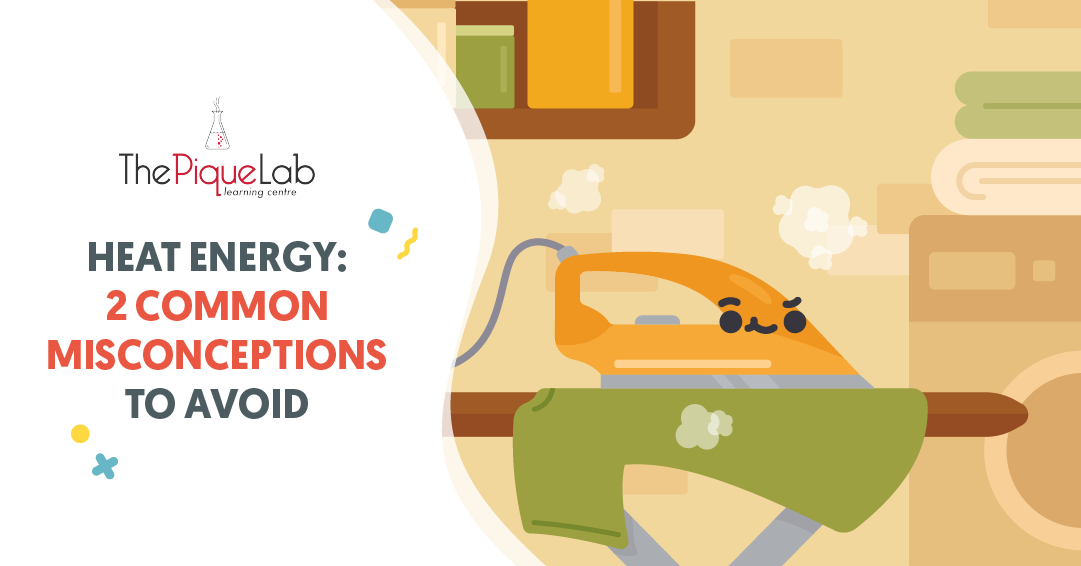Do you struggle with Animal Life Cycle questions?
In today’s article, I will be analysing an examination question on Animal Life Cycle from the 2018 Nanyang Primary School (NYPS) P4 SA2 Examination Paper. I will be sharing some important guiding questions that you can use when attempting questions from this topic. I will also be offering additional guidance on how this topic can be tested in examinations.
You may also watch the video here.
Read Also:
Let’s Get Started On This Question!

Source: Nanyang Primary School – 2018 P4 SA2 Examination Paper [Q38]
When analysing comparison questions, we teach our students to ask these four important questions:
- Number of stages in the life cycle
- Does the young resemble the adult?
- Does the young undergo moulting?
- Does the animal spend part of its life cycle in water or only on land?

These are the important guiding questions to ensure that our thought process remains relevant to the question.
Part (ai) asks for a similarity while (aii) asks for a difference. Using the four guiding questions, we can then answer both part one and part two together.
Analyse these two life cycles step-by-step, using the guiding questions.
1) Number Of Stages In The Life Cycle
Grasshopper: 3 (egg ➡️ nymph ➡️ adult)
Mosquito: 4 (egg ➡️ larva ➡️ pupa ➡️ adult)
This is a difference. Write “D” next to “Stages?”.

2) Does The Young Resemble The Adult?
Look at the diagram again. The grasshopper nymph resembles its adult stage. On the other hand, when looking at the mosquito’s cycle, the young larva and the pupa stages do not resemble the adult mosquito.
This is another difference. Write “D” next to “Young resembles adult?”.

3) Does The Young Undergo Moulting?
Both the grasshopper nymph and the young of the mosquito undergo moulting.
This is a similarity. Write “S” next to “Young undergo moulting”.

4) Does The Animal Spend Part Of Its Life Cycle In Water Or Only On Land?
The grasshopper lives its entire life on land, but the mosquito is different. Mosquitoes lay their eggs in water and through the larva and pupa stage, the mosquito lives in water.
This is a difference. So write “D” next to “Water / Land”.

We have now gathered all the relevant information to answer parts (ai) and (aii)!
As shown, the four guiding questions help students gain greater clarity on which concepts are being tested by the teacher.
An Alternative Phrasing Of This Question
We have encountered a variation of this question, where it is phrased as:
“Based on the diagram, state one similarity between the two life cycles.”
⚠️ NOTE: There is a very big difference.
If the question states “based on the above life cycles”, then ALL of the four questions are applicable when analysing the question.
If the question states “based on the diagram”, then NOT all the questions become applicable.
For example: We can readily observe from the diagram that the young of the grasshopper looks like the adult. We can also observe from the diagram that the young of the mosquito does not look like the adult mosquito.
But we cannot observe the young undergoing moulting based on the diagram.
Even though the young grasshoppers and mosquitoes undergo moulting, this answer is no longer acceptable based on the question. Instead, we will have to rely on a more obvious similarity that can be seen on the diagram; both the grasshopper and mosquito have an egg stage.
A Common Part (B) Question When A Mosquito Is Featured In A Life Cycle Question
When a mosquito is featured in an Animal Life Cycle question, it is very common for teachers to follow up with other questions such as how to control the population of the mosquito.
This is especially relevant in hot environments like Singapore, where mosquitoes thrive.
Let’s discuss some options.
1) Pouring Oil On The Water
Many students will often just write “add a layer of oil” while some students will add a bit of extra effort and write “the young will not have air and therefore they will die”.
Without properly explaining how the oil controls the population of mosquitoes, teachers will not be able to give students the full marks for the question.
Remember, how do the young of the mosquito breathe?
Look closely at the diagram and you will observe the larva has a breathing tube.

The breathing tube helps to take in oxygen from the surrounding air. When oil covers the surface of the water, the oil also blocks the breathing tube. Air, or more specifically, oxygen will not be able to enter the breathing tube. The mosquito will not be able to breathe in oxygen, and it will eventually die. That is how the population of the mosquito is controlled.
2) Removing Stagnant Water
The other method of controlling the population of mosquitoes is to ensure that stagnant water is not left lying around.
The student’s answer must also elaborate that stagnant water is where mosquitoes lay their eggs and their young will hatch and grow. Thus, stagnant water must always be poured away.
Conclusion
I have shared four important guiding questions that you can use to answer Animal Life Cycle questions easily.
I have also pointed out the importance of reading the question carefully – a slight change in how the question is phrased will affect how you should tackle a given question.
Finally, I have also discussed two possible follow-up questions that examination setters like to include if they feature a mosquito in a particular Animal Life Cycle question.
Stay tuned for more articles! 🙂

If you like our methodology, we've some upcoming workshops:







